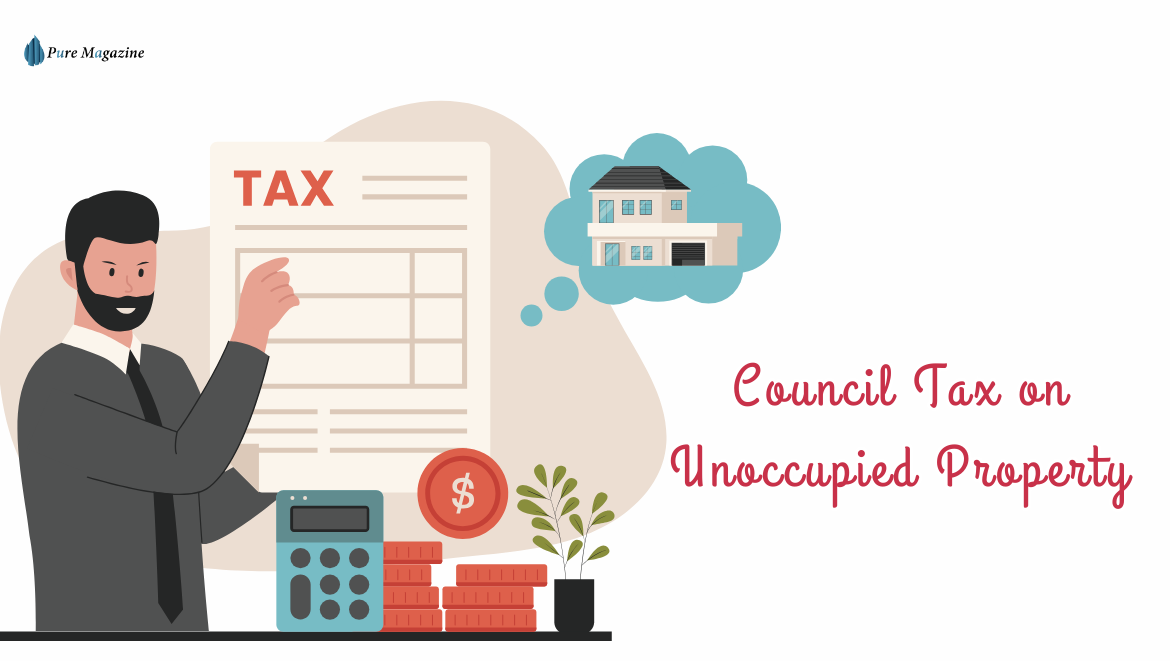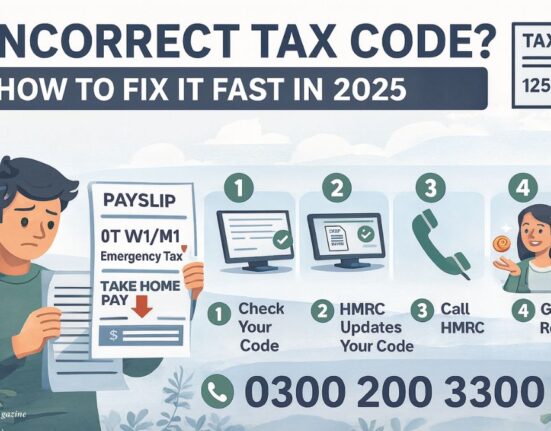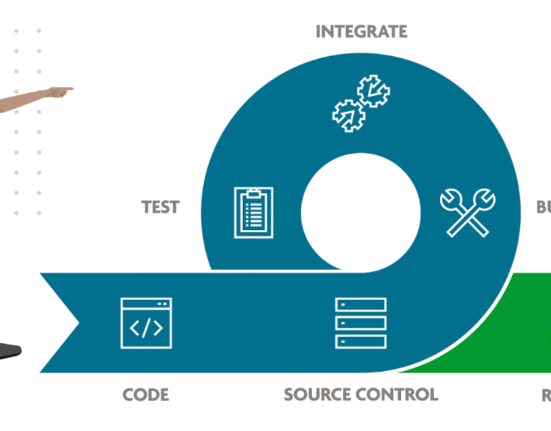Picture this: you’ve just inherited a house. The rooms are bare, the lights are off, and you assume it can stay empty until you figure out the next steps. Then—surprise!—a council tax bill arrives demanding hundreds of pounds.
It’s a shock, but not unusual. Across the UK, thousands of people are caught out by the rules on Council Tax on Unoccupied Property. With councils tightening their grip and introducing higher premiums since April 2024, leaving a property empty can sometimes cost you more than living in it.
So what exactly are the rules in 2025, and how can you avoid paying more than you should?
What Counts as an “Unoccupied Property”?
For councils, Council Tax on Unoccupied Property isn’t just about an empty house with no furniture — it covers a wide range of situations.
- A property is left vacant when someone moves into long-term care.
- A probate property that hasn’t yet been passed on after someone dies, which can affect council tax on an empty property after death.
- A flat that’s mid-renovation and not safe to live in.
- Even a second home, like a holiday cottage or weekday flat, counts as “unoccupied” for tax purposes.
Whether you keep a home furnished or unfurnished—and how long it stays that way—directly affects the council tax bill.
How Long Can a House Be Empty Before Council Tax on Unoccupied Property Applies?
This varies by local authority, but in most areas:
- Unfurnished homes may get a short exemption (often 1–6 months).
- After that, the full council tax bill applies.
- Furnished homes often attract charges immediately.
By 2024, most councils had cut down the length of exemptions, making it harder to avoid payment beyond a few months.
Do You Pay Council Tax on an Empty Property?
Yes — in almost every case. An empty property doesn’t mean an untaxed property, and the rules for council tax on an empty property in the UK vary depending on the region.
To summarise:
- England & Wales: Councils can charge an “empty homes premium” after 1–2 years.
- Scotland: Tax generally applies after six months, sometimes sooner.
- Northern Ireland: There’s no council tax, but a similar “rates” system applies.
In many areas, long-term empties are now hit with bills up to 200%–300% of the standard rate.
Council Tax After Death – Probate Properties
This is where things get especially confusing.
- While probate is being granted, the property is usually exempt.
- Once probate ends, liability shifts to the heirs or executors.
- If the property remains empty, normal rules (and premiums) apply.
Acting fast is key. Probate exemptions are one of the few ways families can pause bills legally, but once that window closes, the charges build quickly.
Selling a Property Doesn’t Stop the Bill
Many assume that putting a “For Sale” board up freezes the council tax clock — but it doesn’t.
The registered owner remains liable until the home is sold and ownership changes hands. Councils may allow exemptions if it’s unfurnished, but in most cases, they expect full council tax.
Renovations — Do You Still Pay?
Usually, yes.
- Major structural works (like roof replacements or rewiring) can sometimes qualify for a temporary exemption.
- Cosmetic upgrades (new kitchens, painting, flooring) generally don’t.
That means many homeowners end up paying full tax while pouring money into improvements.
Exemptions and Discounts
There are exemptions and discounts available, but they’re limited:
- Homes are under probate until probate is granted.
- Properties left empty because the owner moved permanently into care.
- Major structural repairs (for a set time).
- In rare cases, discounts on unfurnished homes or if you’re working abroad.
The important thing to remember is that councils rarely backdate claims — you need to apply as soon as possible.
The Empty Homes Premium
Here’s where the costs really sting:
- After 2 years empty → councils can charge 200% of the standard rate.
- After 5 years → this can rise to 300%.
In Wales, some councils already apply the maximum rate. It’s all designed to push owners to rent, sell, or move back in.
Second Homes – A Different Set of Rules
Second homes don’t escape the bill either.
- Furnished second homes are usually charged full council tax.
- Discounts are rare and shrinking.
- Some owners try to register them as their main home, but councils check this closely.
Many instead rent second homes short-term to help cover the cost.
Other Hidden Costs of Leaving a Home Empty
Council tax isn’t the only financial drain:
- Empty homes attract higher insurance premiums.
- They’re at more risk of vandalism or damage.
- Utilities may still charge standing fees, even with no use.
The longer a home stays empty, the more the hidden costs pile up.
What If You Think the Bill Is Wrong?
“If you think the council has overcharged you:
- Ask the council to review your bill.
- If they won’t budge, you can appeal to the Valuation Tribunal.
- In complex cases, seek legal or housing advice.
Ignoring a bill isn’t an option — councils can escalate quickly.
Smart Ways to Keep Costs Down
- Apply for exemptions and discounts right away.
- Keep records of repairs to prove eligibility for structural exemptions.
- Use property guardians or short-term tenants to avoid long-term vacancy premiums.
- If you’re not planning to live in it, consider selling or renting sooner rather than later.
Looking Ahead to 2025 and Beyond
The direction is clear: councils are tightening up.
- From April 2025, expect more councils to introduce 300% premiums on long-term empties.
- Second homes will face fewer reliefs.
- Councils increasingly tie council tax policy to solving housing shortages.
Owning an empty property is becoming less of a private choice and more of a financial burden.
Final Thoughts
Empty homes might look peaceful, but in 2025, they carry hidden costs — from Council Tax on Unoccupied Property premiums to insurance and utilities. The key takeaway? Don’t assume an empty property is free of liability. Knowing the rules, applying for exemptions early, and acting before bills pile up can save you thousands.
Visit: Pure Magazine








